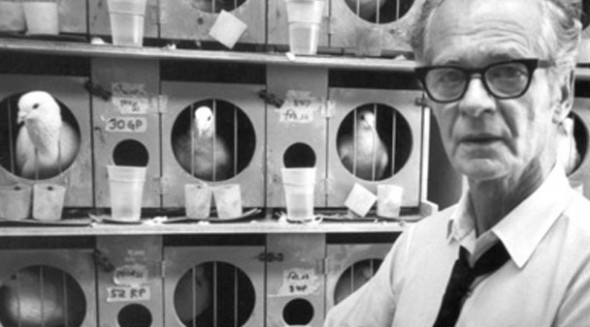When a pigeon in a lab setting believes wrongly that some incidental behavior it has displayed is the reason why it’s being fed, it takes about 1,000 repetitions in which the food no longer appears before the behavior ceases. Humans are also not always great at recognizing truth in patterns. Not every cluster has a cause. Spikes and discrepancies can occur naturally. They will occur naturally. It’s easy to confuse correlation and causation, to misread outliers. From B.F. Skinner’s 1948 paper “Superstition in the Pigeon“:
“The experiment might be said to demonstrate a sort of superstition.The bird behaves as if there were a causal relation between its behavior and the presentation of food, although such a relation is lacking. There are many analogies in human behavior. Rituals for changing one’s luck at cards are good examples. A few accidental connections between a ritual and favorable consequences suffice to setup and maintain the behavior in spite of many unreinforced instances.The bowler who has released a ball down the alley but continues to behave as if he were controlling it by twisting and turning his arm and shoulder is another case in point. These behaviors have, of course, noreal effect upon one’s luck or upon a ball half way down an alley, just as in the present case the food would appear as often if the pigeon did nothing — or, more strictly speaking, did something else.”
Tags: B.F. Skinner

